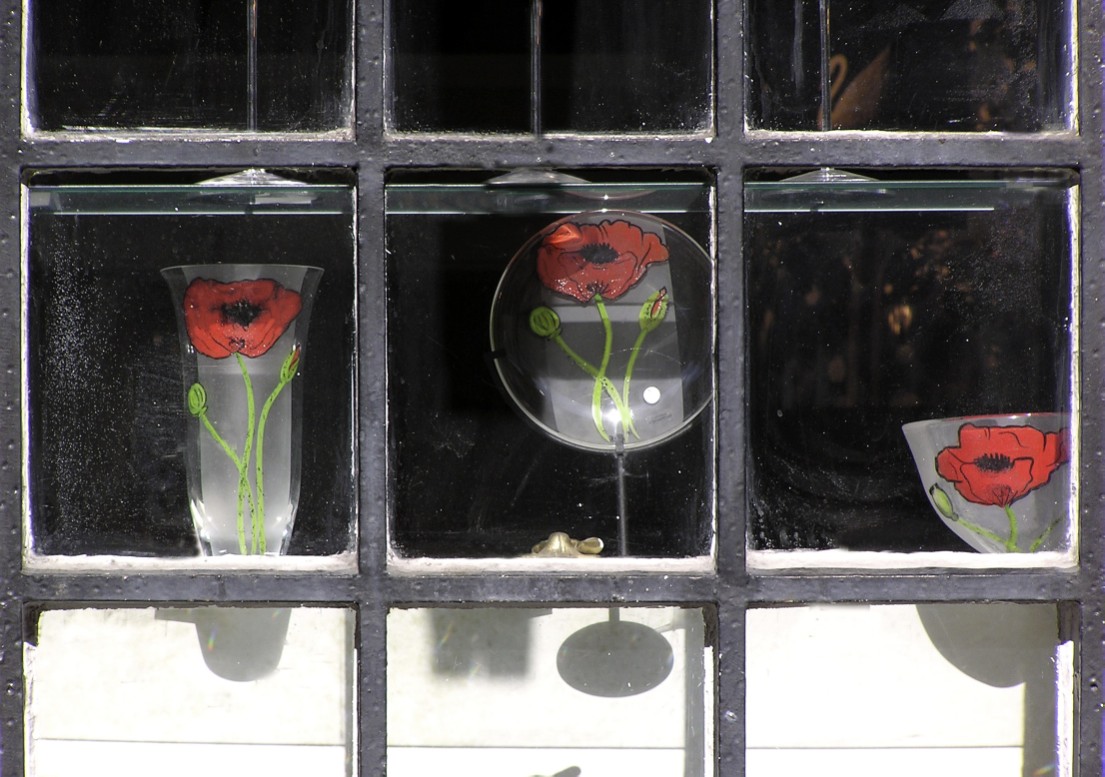
Internal and External Focus of Control
While Quad One may not initially seem to be as complex or multi-tiered as the Second, Third or Fourth Quad, even in Quadrant One there is great complexity, especially when the dimension of internal and external locus of control is introduced. We are fully in control of our public self to a certain extent; however, the circumstances in which we find ourselves dictate at least part of our public self. In certain high-context and enmeshed cultures, most of the public self is dictated by other people and, in particular, by traditions, social status, gender and related role-defining characteristics. In other cultures—such as we find in the United States, Canada and many Northern European cultures—there is considerable control of the public self being exerted by each member of society (or at least every adult member who is not a consistent victim of stereotyping or prejudicial assumptions).
Whether externally or internally dictated, the public self is in certain important respects a mask or persona—another working fiction that is dictated mostly by the situation in which we find ourselves. What is the script? What role do I play? What am I to believe about the self you are bringing to this relationship and what are you to believe about the self I bring to the relationship? I will probably assume that you operate similarly around other people (attribution error).
Even if I think you operate differently with other people, I don’t need to know about these differences. I only need to know how you are likely to interact with me. The working fiction is established through and reinforced by many simple rituals, as well as by clothing and physical distance. When two people know each other well, the public self is readily established and, in essence, becomes habitual. Erving Goffman describes this as “the presentation of self in everyday life.”
We operate with this working fiction in our public self so that we might agree about what specific behavioral patterns mean and how we should expect other people to react to our own behavior (verbal and nonverbal). The Continental school suggests that it is in the midst of these working fictions that our socially constructed versions of reality are formed and reinforced. Thus, interpersonal relationships are critical not only to the establishment of a clear sense of self and other, but also to the way in which we define the fundamentals of “reality.” It is the third form of trust—shared perspectives—that is most clearly dependent on the working fictions that two or more people establish when they meet together.






